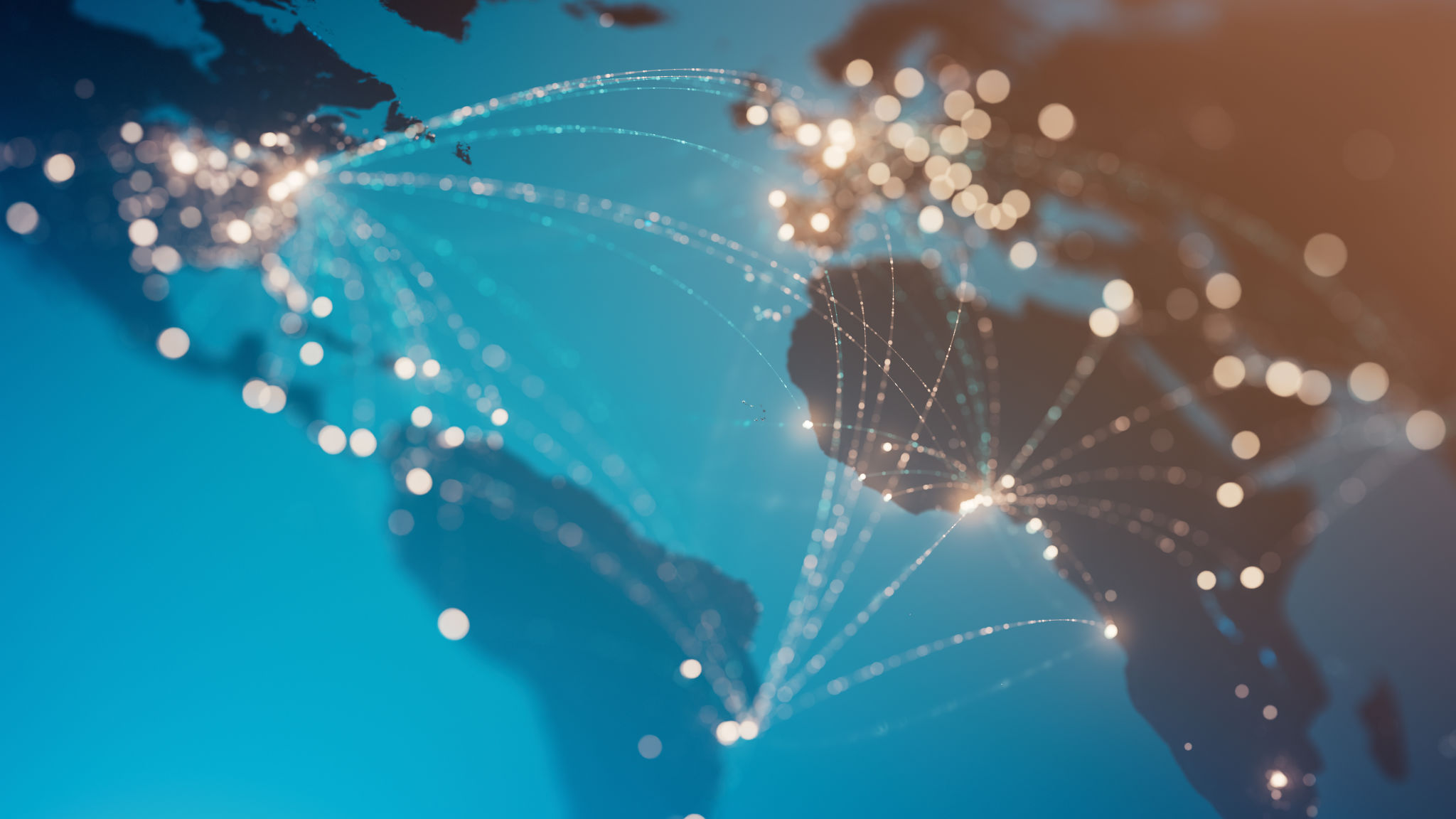The Impact of Seasonal Weather on Internet Speed in Al-Diwaniyah
Understanding Internet Speed Fluctuations
In Al-Diwaniyah, a city characterized by its unique seasonal weather patterns, residents often notice changes in their internet speed. While most people expect internet services to be consistent, various environmental factors can significantly affect performance. Understanding these factors is essential to manage expectations and ensure reliable connectivity.

How Weather Affects Internet Infrastructure
Internet connectivity relies heavily on infrastructure such as cables, towers, and satellite dishes. During extreme weather conditions, these components can experience stress and damage. For instance, heavy rains and thunderstorms might lead to water ingress in underground cables, causing disruptions in service.
Moreover, strong winds can misalign satellite dishes or damage communication towers, leading to intermittent connectivity. Regular maintenance and robust infrastructure design are crucial in mitigating these effects and ensuring consistent internet speeds.
Temperature Extremes and Their Impact
The sweltering heat of Al-Diwaniyah's summers can also impact internet speeds. High temperatures can cause overheating of network equipment, resulting in reduced efficiency and sporadic connectivity. On the flip side, cold snaps might lead to condensation and moisture build-up, adversely affecting sensitive electronic components.

Seasonal Interference and Wireless Networks
Wireless networks, particularly those relying on radio waves, are susceptible to seasonal interference. Rain and humidity can absorb and scatter radio frequencies, leading to weaker signals and slower speeds. This is particularly noticeable in rural areas where wireless connections are more prevalent.
Mitigating Weather-Related Disruptions
Despite these challenges, there are ways to minimize the impact of seasonal weather on internet speed. Internet service providers (ISPs) can invest in weather-resistant infrastructure and conduct regular inspections to identify potential vulnerabilities. Additionally, users can employ signal boosters or switch to more reliable wired connections during adverse weather conditions.

The Role of Technology Advancements
Technological advancements are playing a crucial role in mitigating the adverse effects of weather on internet speed. Innovations such as fiber-optic cables offer greater resilience against environmental factors compared to traditional copper-based systems. Moreover, the development of more efficient cooling systems for network equipment can help combat temperature-induced slowdowns.
Ultimately, while seasonal weather undeniably impacts internet speed in Al-Diwaniyah, a combination of infrastructure improvements and technological innovations offers promising solutions for maintaining reliable connectivity throughout the year.
